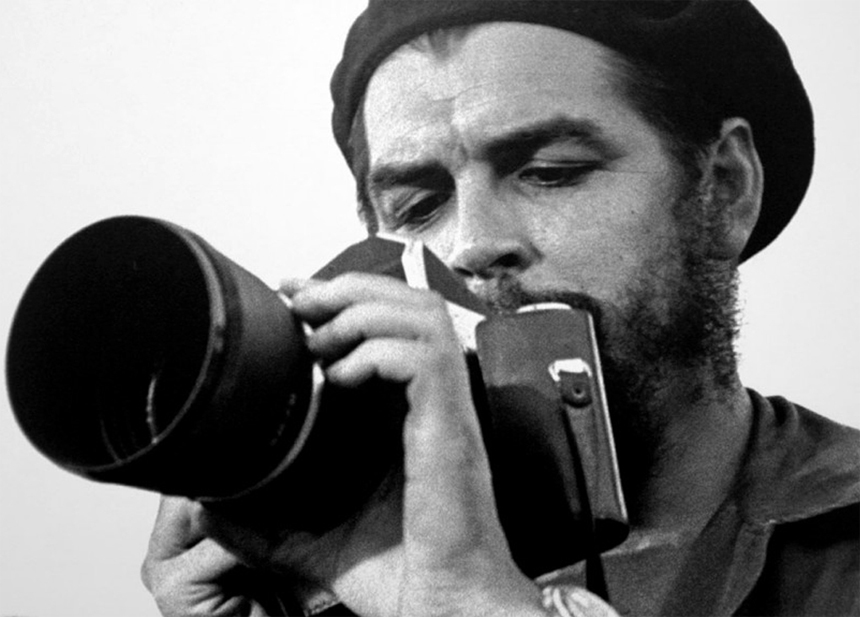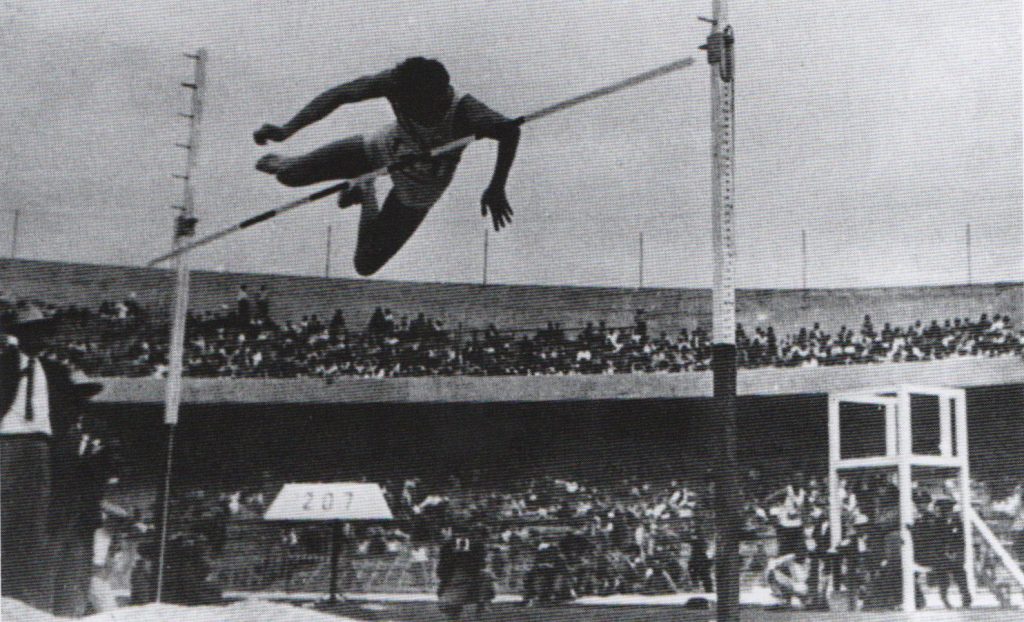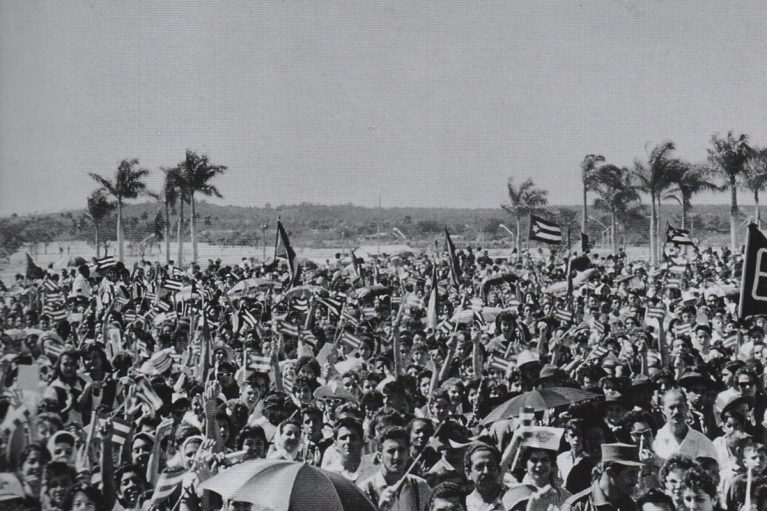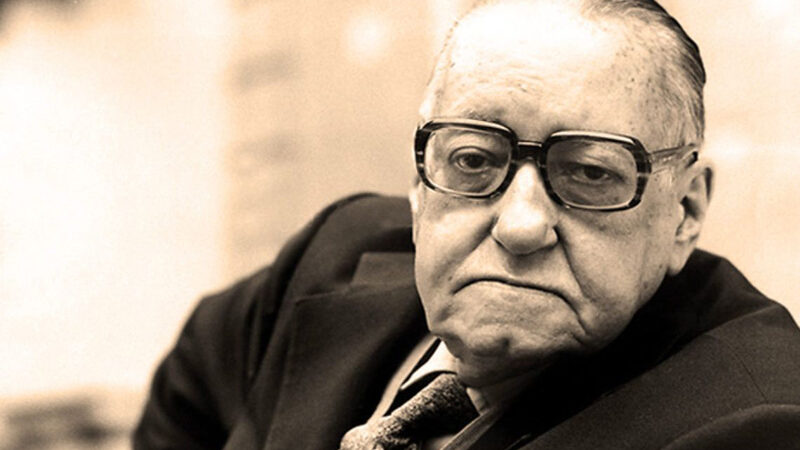Che and the art of immortalising images

The photograph taken by Alberto Korda of Comandante Ernesto Guevara, in which the guerrilla appears with his inseparable beret and his gaze lost in the distance, is undoubtedly the most famous image of Che and one of the most widely distributed in the world.
But the heroic guerrilla’s relationship with the art of photography was not limited to posing for the most widely circulated image in the world: he was himself a passionate photographer.
On his long pilgrimages through Latin American countries, he always had a camera in his pocket, with which he captured much of what he saw and felt.
According to the Spanish photographer Gervasio Sánchez, Che and an unnamed Venezuelan friend of his worked for an Argentine news agency during the Pan American Games in Mexico in 1955, capturing moments from the sports competitions and developing them in an improvised darkroom in the place where they lived.

After the work was done, Gervasio says, they went to collect their fees, but the agency had closed its office, so they lost the money and the photos.
Che also travelled the streets of Mexico, looking for people, couples or groups of families who wanted to be photographed. The photographer would ask for an address to deliver the developed photographs and charge for them, but he often had to give them away because the clients could not pay.
He also took self-portraits, photographs of friends and urban landscapes of the world he visited as a Cuban official, and during his stay in the Sierra Maestra as a guerrilla under the orders of Fidel Castro, he also took many snapshots of the war of liberation.

Che’s artistic work was made public at the Casa de las Américas in 1990, and later became a travelling exhibition that toured 16 cities in 10 countries. The exhibition was put together by Josep Vicent Monzó Huertas, with the help of the archive of the Che Guevara Centre and the guerrilla’s family, including his wife Aleida March and his son Camilo.
Translated by Luis E. Amador Dominguez



